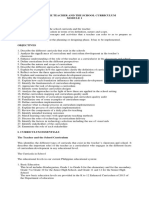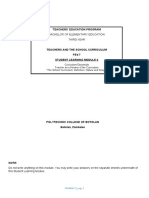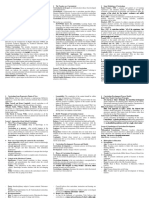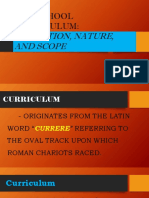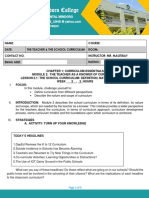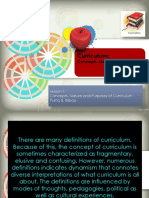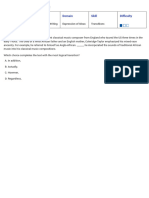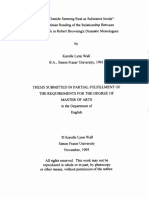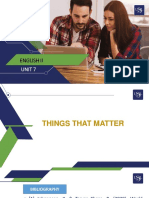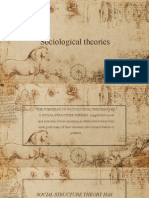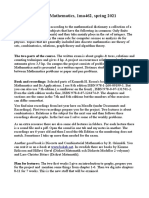0% found this document useful (0 votes)
96 views45 pagesCurriculum in Schools
1. The curriculum refers to the lessons and academic content taught in an educational program. It includes the courses of study, academic standards, learning objectives, teaching materials, and assessments.
2. There are different perspectives on curriculum from traditional and progressive views. Traditional views see curriculum arising from academic disciplines, while progressive views see it as comprising all of the planned learning experiences within the classroom.
3. Curriculum is implemented by teachers and learned by students. It aims to impart knowledge, skills, and values to students and facilitate their overall growth and development.
Uploaded by
Jai SabusabCopyright
© © All Rights Reserved
We take content rights seriously. If you suspect this is your content, claim it here.
Available Formats
Download as PPTX, PDF, TXT or read online on Scribd
0% found this document useful (0 votes)
96 views45 pagesCurriculum in Schools
1. The curriculum refers to the lessons and academic content taught in an educational program. It includes the courses of study, academic standards, learning objectives, teaching materials, and assessments.
2. There are different perspectives on curriculum from traditional and progressive views. Traditional views see curriculum arising from academic disciplines, while progressive views see it as comprising all of the planned learning experiences within the classroom.
3. Curriculum is implemented by teachers and learned by students. It aims to impart knowledge, skills, and values to students and facilitate their overall growth and development.
Uploaded by
Jai SabusabCopyright
© © All Rights Reserved
We take content rights seriously. If you suspect this is your content, claim it here.
Available Formats
Download as PPTX, PDF, TXT or read online on Scribd
/ 45















